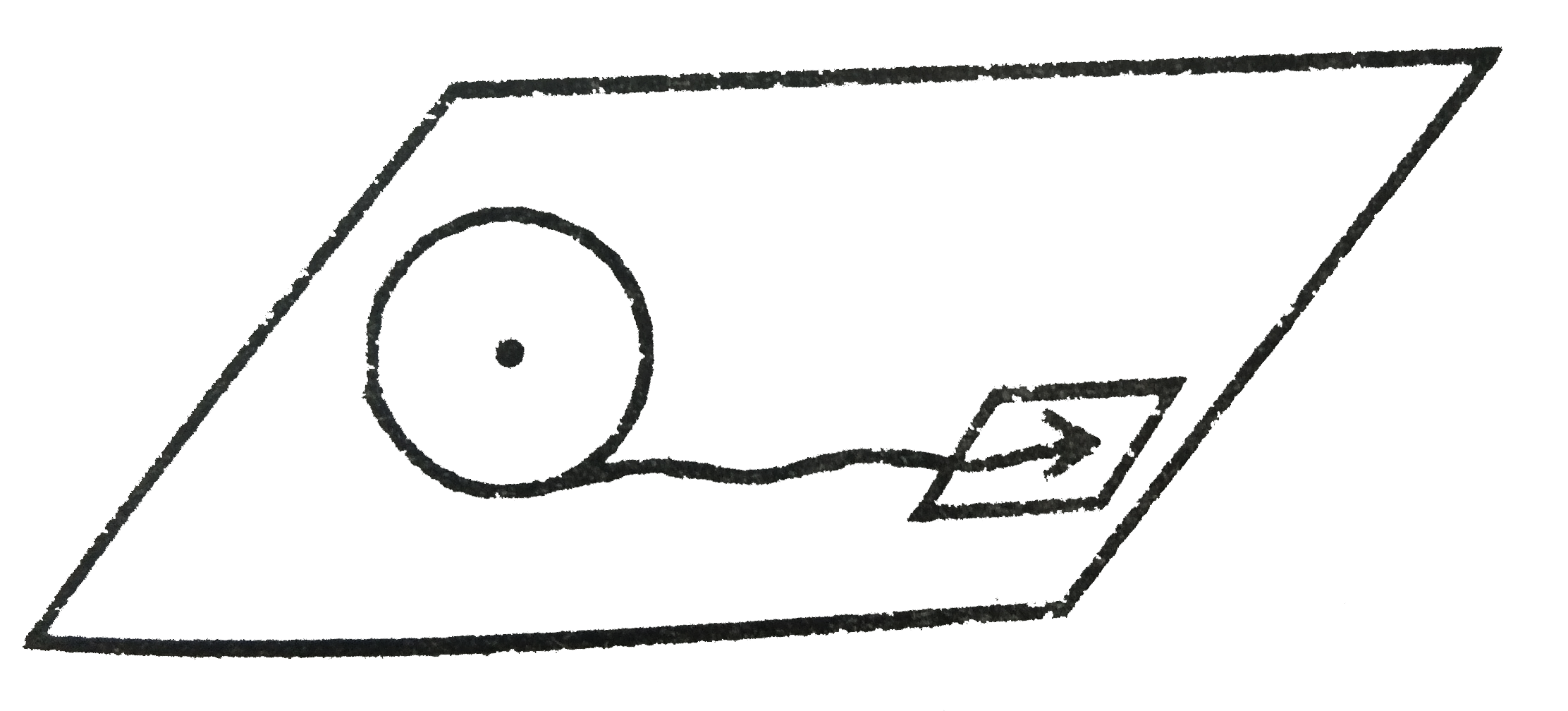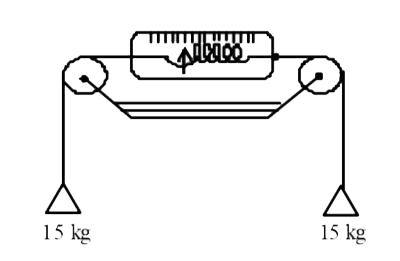Fascila attaches its self to walks of the biles ducts by means of
Anterior sucker
Adhesive zone
Posteror sucker /acetabulum
Spiny cuticle and posterior sucker
The correct Answer is:a
To answer the question "Fasciola attaches itself to the walls of the bile ducts by means of," we need to analyze the structure and features of the Fasciola hepatica, commonly known as the liver fluke.
1. Identify the Organism:
- Fasciola hepatica is a type of flatworm, specifically a fluke, and is known for its leaf-shaped body.
2. Understand the Morphology:
- The adult Fasciola has a broader anterior end and a narrower posterior end. The anterior end features a cone-shaped projection.
3. Recognize the Attachment Structures:
- Fasciola hepatica has two main structures that aid in attachment:
- An oral sucker located at the anterior end.
- A ventral sucker (also referred to as the posterior sucker) located at the base of the cone.
4. Function of the Suckers:
- Both the oral sucker and the ventral sucker are used to attach to the lining of the bile ducts. They create a strong hold, allowing the fluke to remain in place within the host's bile ducts.
5. Conclusion:
- Given the options provided (anterior sucker, adhesive zone, posterior sucker, or spiny cuticle), the correct answer is that Fasciola attaches itself to the walls of the bile ducts primarily by means of the spiny cuticle and the posterior sucker.
Final Answer:
Fasciola attaches itself to the walls of the bile ducts by means of spiny cuticle and posterior sucker.
---
- Fasciola hepatica is a type of flatworm, specifically a fluke, and is known for its leaf-shaped body.
- The adult Fasciola has a broader anterior end and a narrower posterior end. The anterior end features a cone-shaped projection.
- Fasciola hepatica has two main structures that aid in attachment:
- An oral sucker located at the anterior end.
- A ventral sucker (also referred to as the posterior sucker) located at the base of the cone.
- Both the oral sucker and the ventral sucker are used to attach to the lining of the bile ducts. They create a strong hold, allowing the fluke to remain in place within the host's bile ducts.
- Given the options provided (anterior sucker, adhesive zone, posterior sucker, or spiny cuticle), the correct answer is that Fasciola attaches itself to the walls of the bile ducts primarily by means of the spiny cuticle and the posterior sucker.
Fasciola attaches itself to the walls of the bile ducts by means of spiny cuticle and posterior sucker.
Topper's Solved these Questions
- PLATYHELMINTHES-THE FLAT WORMSBOOK - DINESH PUBLICATION ENGLISHCHAPTER - PLATYHELMINTHES-THE FLAT WORMSEXERCISE - check your grasp
9 Videos
- Plant Growth and MovementsBOOK - DINESH PUBLICATION ENGLISHCHAPTER - Plant Growth and MovementsEXERCISE - BRAIN TEASERS-IV
41 Videos
- PRINCIPLES AND APPLICATIONS OF BIOTECHNOLOGYBOOK - DINESH PUBLICATION ENGLISHCHAPTER - PRINCIPLES AND APPLICATIONS OF BIOTECHNOLOGYEXERCISE - Brain Teasers
5 Videos
Similar Questions
Beef tapeworm attaches itself to the wall of intestine by means of
View SolutionTaenia solium attaches itself to the intestinal wall by means of scolex through its
View SolutionA block of mass m is attached to a pulley disc of equal mass, radius r by means of a slack string as shown. The pulley is hinged about its centre on a horizontal table and the block is projected with an initial velocity of 5m/s. Find the velocity when the string becomes taut.
 .
.
View SolutionWhat will happen if bile duct gets choked ?
View SolutionHydra contracts its body by means of
View SolutionCommon bile duct is form by the union of
View SolutionA small bar A resting on a smooth horizontal plane is attached by threads to a point P and by means of weightless pulley, to a weight B possessing the same mass as the bar itself. The bar is also attached to a point O by means of a light non-deformed spring of length l0=50cm and stiffness k=5mg/l0, where m is the mass of the bar. The thread PA having been burned, the bar starts moving to the right. Find its velocity at the moment when it is breaking off the plane.

View SolutiontRNA is attached to mRNA by its
View SolutionTwo weights of 15ks each are attached by means of two strings to the two ends of a spring balance, as shown in the diagram. The pulleys are frictionless. The reading of the balance would be -

View SolutionLiver Fluke living in bile ducts feeds on
View Solution
